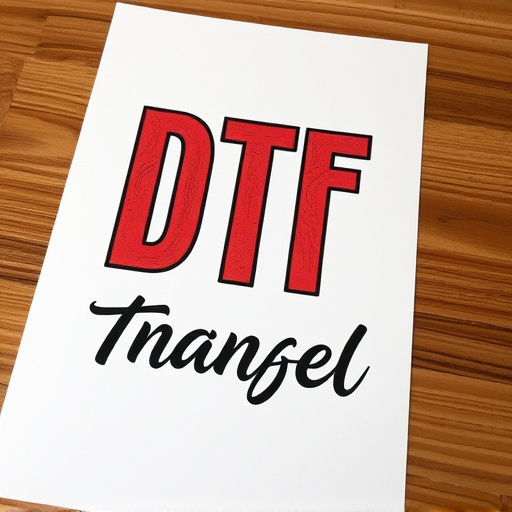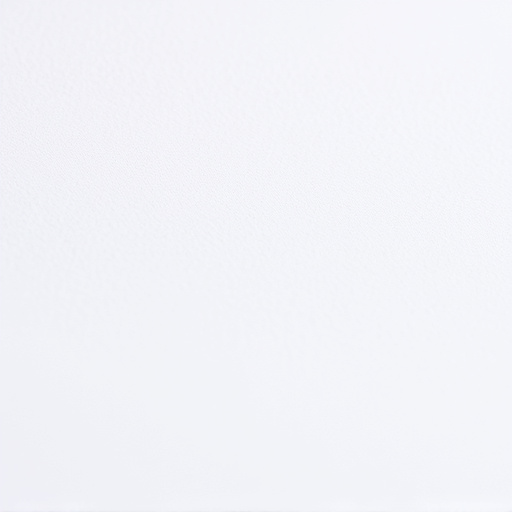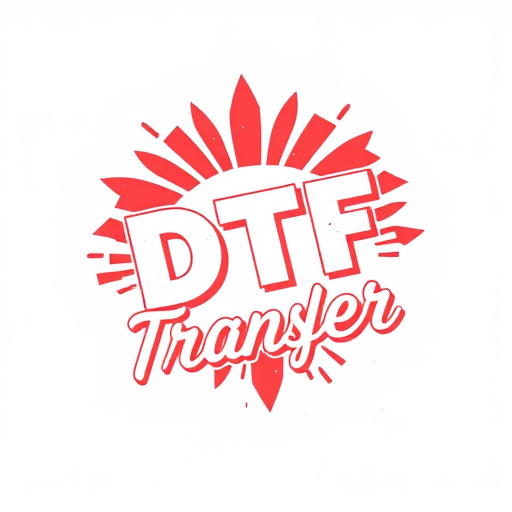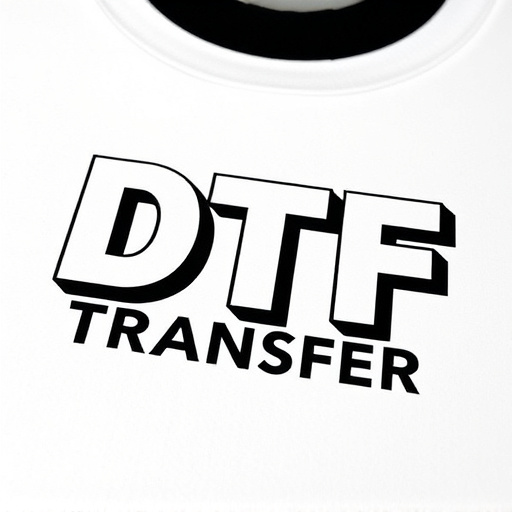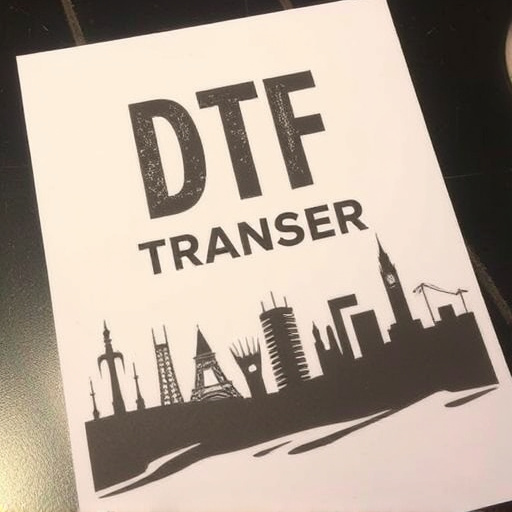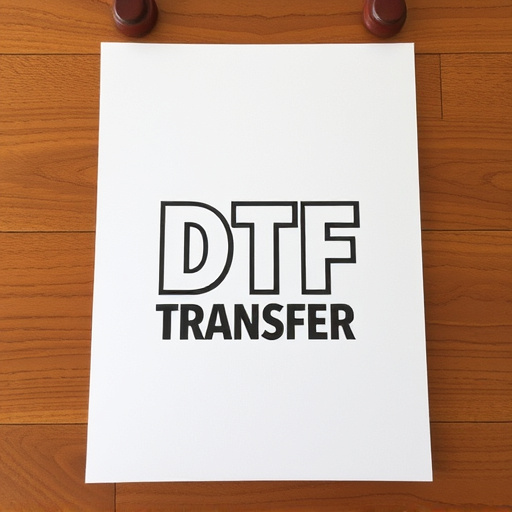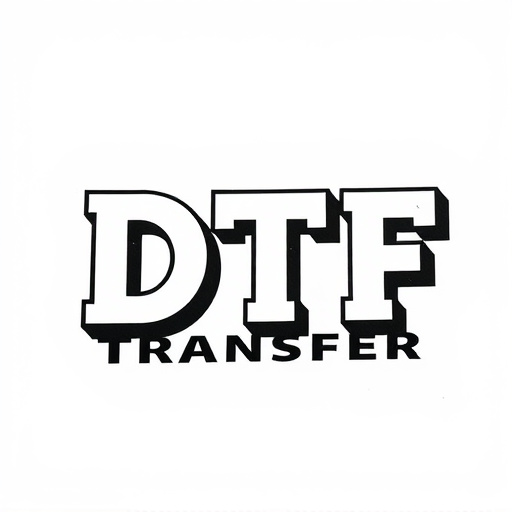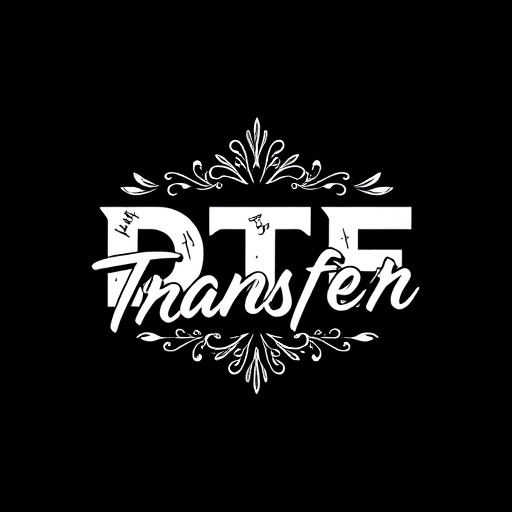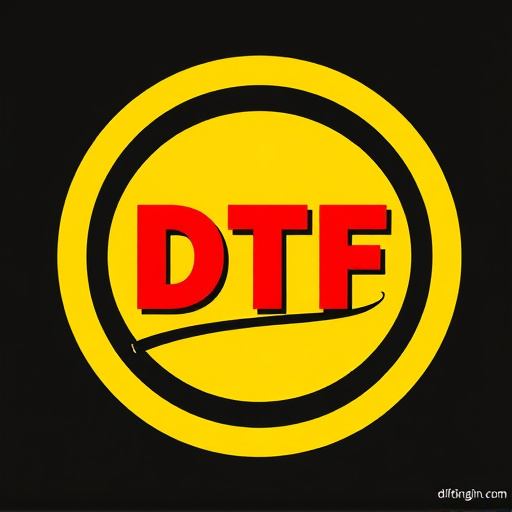Direct to Fabric (DTF) Transfer is a cutting-edge small-batch printing method that bypasses minimum order quantity restrictions. Using specialized inks and heat presses, it enables the creation of custom, on-demand prints on fabric with unmatched versatility for intricate designs and diverse fabrics. Ideal for precision, efficiency, and exclusivity in limited edition collections, one-off gifts, or personalized items, DTF Printing offers excellent image quality, vibrant colors, and crisp details while catering to individual customer preferences across various garments and materials. This game-changer facilitates fast turnaround times, high-quality prints, and minimal waste, making it a popular choice for agile production methods in today's competitive market.
In today’s market, catering to diverse customer preferences requires flexible production methods. Small-batch options without quantity constraints offer a unique advantage, and DTF (Direct-to-Fabric) Transfer printing is revolutionizing this space. This article explores the capabilities of DTF technology, its numerous benefits for businesses, and how it seamlessly aligns with the demands of customization. From understanding the DTF process to its impact on quality assurance, we’ll uncover why DTF Printing is a game-changer in the realm of small-batch production, catering to both custom designs and unique application needs.
- Understanding DTF Transfer: A Quick Overview
- Advantages of Small-Batch Production with DTF
- How DTF Printing Meets Customization Needs
- The Flexibility of DTF in Design and Application
- Quality Assurance in Small-Batch DTF Prints
- Exploring Business Models for DTF Transfer Services
Understanding DTF Transfer: A Quick Overview
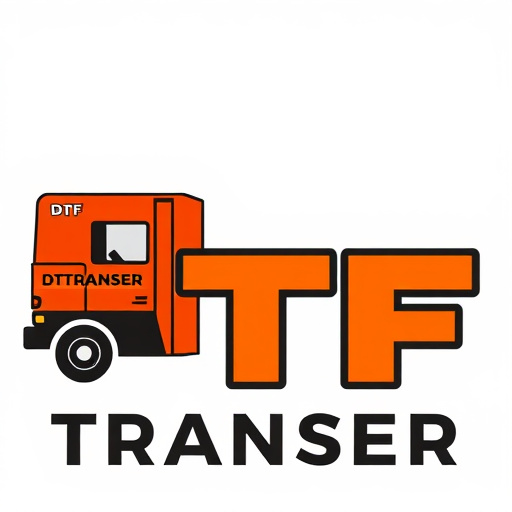
The DTF (Direct to Fabric) Transfer is a game-changer in the world of small-batch printing, eliminating the need for large minimum order quantities. This innovative process allows businesses and designers to create custom, on-demand prints directly onto fabric with ease. By using specialized inks and heat presses, DTF Printing enables the production of unique, high-quality garments and accessories without the usual constraints.
In simple terms, the DTF Transfer involves applying a thin layer of transfer paper containing the design or text to the fabric. This paper acts as a temporary carrier for the ink, which is then heated to fuse the design onto the fabric permanently. This method offers unmatched versatility, allowing for intricate designs and a wide range of fabric types. Whether it’s for small-scale production runs, one-off gifts, or personalized items, DTF Transfer ensures that each print is made with precision and efficiency, catering to individual preferences without the need for excessive ordering.
Advantages of Small-Batch Production with DTF
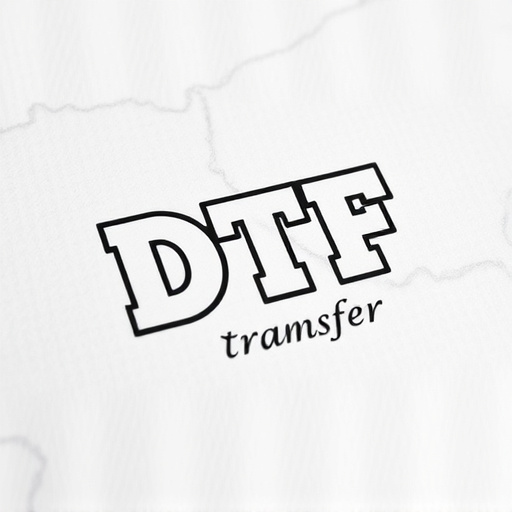
Small-batch production with Direct to Garment (DTF) printing offers numerous advantages for businesses and individuals looking to create custom designs without the constraints of large minimum order quantities. DTF Transfer technology allows for efficient and precise printing directly onto fabric, enabling the production of unique, small-run items such as t-shirts, hoodies, and accessories. This method is particularly appealing for niche markets, limited edition collections, or personal projects where demand isn’t guaranteed to be high.
By adopting DTF Printing, manufacturers can cater to a broader range of customers who prefer limited-edition or bespoke garments. Each DTF print is unique, ensuring that every product is one-of-a-kind and appeals to the growing consumer desire for exclusivity. Moreover, DTF Transfer provides excellent image quality, vibrant colors, and crisp details, resulting in high-quality final products. This level of customization and flexibility not only satisfies individual preferences but also sets small businesses apart in a competitive market.
How DTF Printing Meets Customization Needs
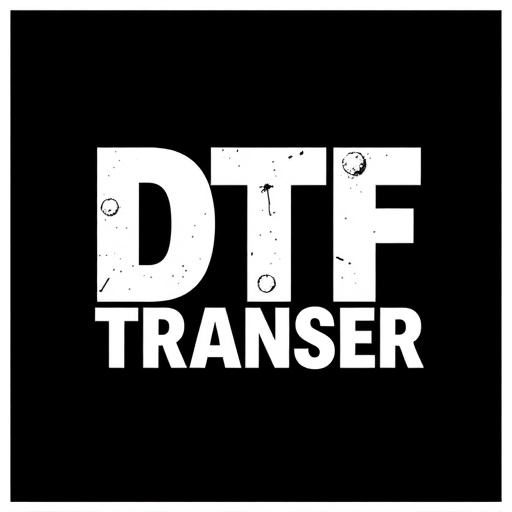
In today’s market, where customization is key, Direct-to-Garment (DTF) printing has emerged as a game-changer for small-batch production. This innovative technique allows businesses to offer a vast array of custom designs on clothing and accessories with minimal upfront investment and no minimum order quantity requirements. By using DTF transfers, manufacturers can effortlessly incorporate intricate patterns, photographic images, and text onto various garments, catering to the diverse preferences of individual customers.
DTF Printing provides an efficient solution for brands aiming to create unique, personalized products. The process involves transferring high-quality prints from a digital file directly onto the fabric using heat and pressure. This technology enables on-demand production, eliminating the need for large bulk orders. As a result, businesses can offer made-to-order garments, ensuring that each piece is tailored to the customer’s specifications, be it a specific design, size, or color. DTF prints are also known for their durability and ability to produce vibrant colors, making them a popular choice for those seeking long-lasting, visually appealing custom apparel.
The Flexibility of DTF in Design and Application

Direct-to-garment (DTF) printing offers unparalleled flexibility in both design and application. Unlike traditional bulk production methods that require substantial minimum order quantities, DTF allows for small-batch runs with minimal waste. This makes it an ideal solution for businesses aiming to create personalized, on-demand products without the overhead of large print runs. With DTF Transfer technology, designers can easily customize garments, accessories, and even unique home decor items, catering to diverse market demands.
The versatility of DTF Printing is evident in its ability to produce high-quality, detailed prints on various materials, including cotton, polyester, and synthetic blends. This capability enables businesses to target a wide range of customers with different preferences and needs. Whether it’s a limited-edition t-shirt collection or a set of custom phone cases, DTF Transfers ensure consistent quality, making it a preferred method for small-scale production and one-of-a-kind designs.
Quality Assurance in Small-Batch DTF Prints
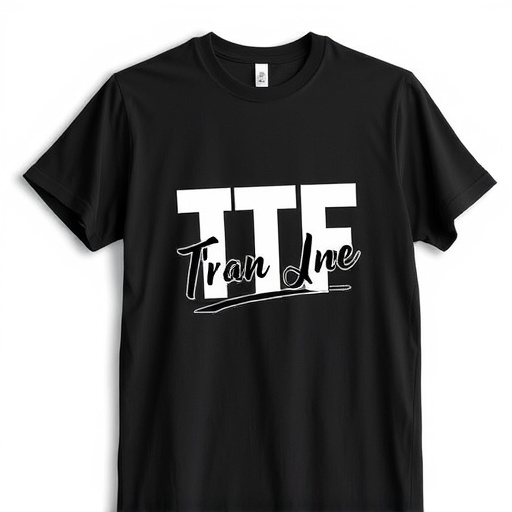
In small-batch DTF (Direct to Fabric) printing, ensuring quality assurance is paramount to maintaining consistency and customer satisfaction. With lower production volumes compared to mass manufacturing, every print becomes a unique opportunity to deliver high-quality results. This involves meticulous attention to detail during each step of the process. From selecting top-grade fabrics suitable for DTF transfer to calibrating printers for precise color reproduction, every element plays a critical role in the final product’s quality.
Regular quality checks and inspections are crucial milestones in small-batch DTF printing. These include verifying print sharpness, color vibrancy, and even minor details like edge consistency. By implementing rigorous QA protocols, artisans can ensure that each DTF transfer accurately represents the desired design, be it intricate graphics or delicate text. This level of control allows for a consistent output, guaranteeing customer happiness with every small-batch order.
Exploring Business Models for DTF Transfer Services
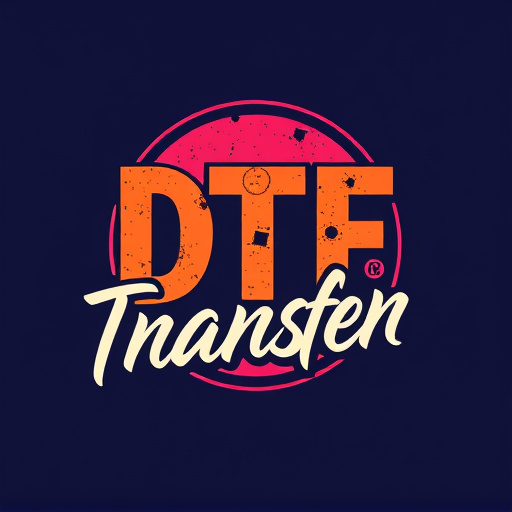
Small-batch production has revolutionized the way businesses operate, especially in the print and transfer industry. One innovative approach gaining traction is the adoption of Direct to Fabric (DTF) transfer technology, which allows for efficient and customizable small-batch printing. DTF transfer services offer a unique business model where orders can be placed without the need for minimum quantity requirements. This model caters to businesses and entrepreneurs looking to test markets, launch limited-edition collections, or create personalized products on demand.
By utilizing DTF printing techniques, companies can offer fast turnaround times and precise, high-quality prints on various fabric types. This flexibility enables them to target diverse customer segments, from fashion designers seeking exclusive, made-to-order pieces to small businesses promoting their brand with custom merchandise. The ability to quickly adapt to changing market demands and trends makes DTF transfer services an attractive option for those seeking agile production methods.

